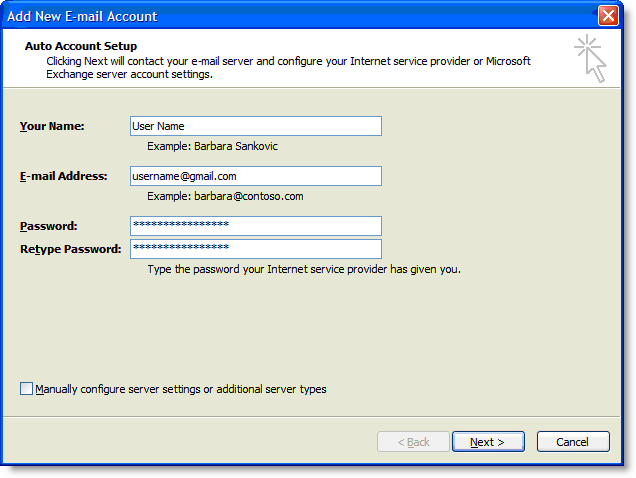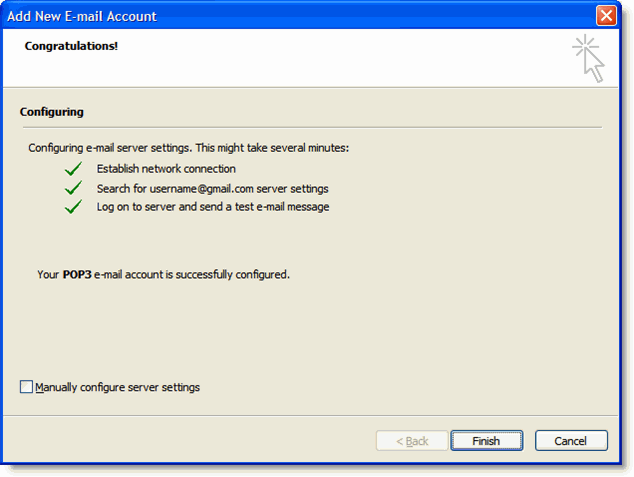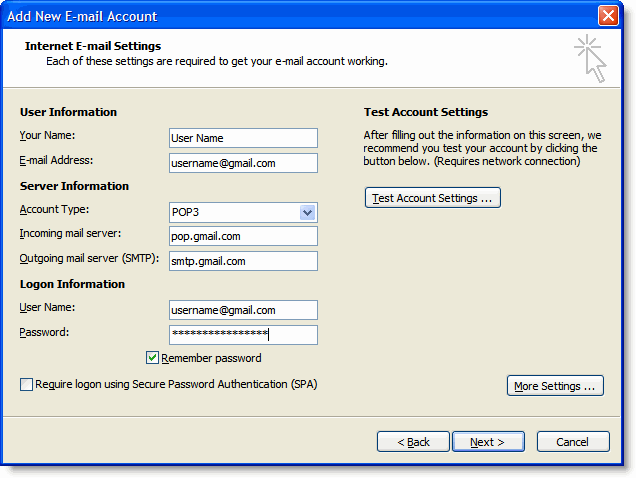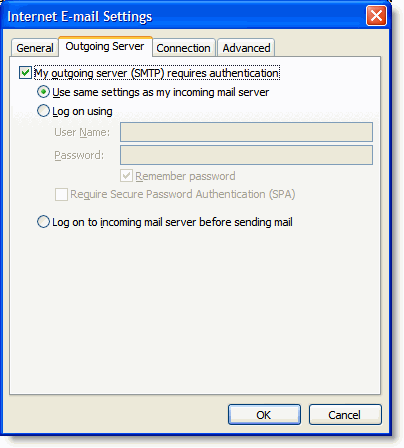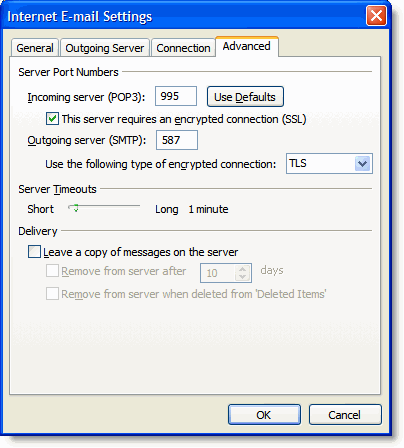Mistake 1: Using the Wrong Tone
You might be tempted to send emails quickly when you're in a rush, without thinking carefully about your audience, what you're saying, or how your message might come across. So, it's important to consider who you're "talking" to and what action you want them to take, before you start writing.
For example, an email to a senior manager should be more formal than a quick update to a team member, and a message to a customer will likely be more enthusiastic and polite than an exchange with a close colleague.
Although your email's subject matter may be clear to you, its recipient might not share your knowledge or understanding. So, avoid using abbreviations, jargon or "text speak," and consider whether your message is appropriate before you hit the send button. Will your reader understand what you're saying? And is your information clearly structured and presented?
or "text speak," and consider whether your message is appropriate before you hit the send button. Will your reader understand what you're saying? And is your information clearly structured and presented?
A good rule to follow is to address people in an email as you would in person. For example, making a quick request or providing instructions without a "hello" or "thank you" will likely come across as rude, regardless of how busy you are. So, make sure that all of your emails are courteous and respectful, and avoid typing in capitals, which implies anger or aggression.
Mistake 2: Hitting "Reply All"
How often have you been copied into an email exchange that's not relevant to you, and doesn't require you to take any action? Chances are, it happens regularly, and you know how frustrating it can be.
"Reply all" is a useful tool for keeping multiple team members in the loop, or for documenting group decisions, but many people use it without considering who should actually receive their email.
Receiving numerous irrelevant emails throughout the day can be distracting and time consuming; and becoming known as the person who always hits "reply all" can potentially damage your reputation , as it can appear thoughtless, rushed and unprofessional. It might also suggest that you're not confident making decisions
, as it can appear thoughtless, rushed and unprofessional. It might also suggest that you're not confident making decisions without input from senior managers.
without input from senior managers.
So, consider whether you should "reply all" or respond only to the email's sender. And, think about whether using "cc" (carbon copy) or "bcc" (blind carbon copy) to include selected team members is more appropriate.
Mistake 3: Writing Too Much
Brief and succinct emails that contain only the important details are much more effective than long or wordy ones.
If you're struggling to keep your message short, consider whether the subject matter is too complex. Would another way of communicating it be more effective? Would a face-to-face meeting or telephone call make it clearer? Should you put your information in a procedure document instead?
Mistake 4: Forgetting Something?
How many times have you sent an email without attaching the relevant document? Perhaps you included a link that didn't work? Or even attached the wrong file?
These mistakes can often be fixed quickly with a follow-up email, but this adds to the large volume of messages that people receive, and it can appear unprofessional or forgetful. Consider attaching files as soon as your start drafting your message, and always check all of your links carefully.
Attaching the wrong document can be much more serious, particularly if it's sensitive or restricted. Read our article on confidentiality in the workplace to identify what information is confidential in your organization, and to think about how to protect your data.
to identify what information is confidential in your organization, and to think about how to protect your data.
Mistake 5: Emailing the Wrong Person
Today, email providers increasingly use "auto-fill," predictive text and "threads" (or "conversation view"), which can all increase the risk of you sending your message to the wrong person.
This can be embarrassing, but it also means that your email might not reach its intended recipient unless someone flags up your mistake. More seriously, you risk distributing sensitive information to the wrong people, and damaging your organization's reputation. So, always pause to review your email before you send it.
When you reply to or forward an email within a thread, make sure that all the messages contained within it are appropriate for the recipient. Is there any sensitive information? Are there any personal comments or remarks?
Mistake 6: Being Too Emotional
One of the main benefits of email is that you don't need to respond immediately. It's particularly important to delay your response when you're stressed, angry or upset – if you send a message in the heat of the moment, you can't get it back (although some email clients do have a limited "undo" or "retrieve" option). These emails could damage your working relationships, or even be used as evidence against you.
So, avoid sending any messages when you feel this way. Wait until you've calmed down and can think clearly and rationally.

